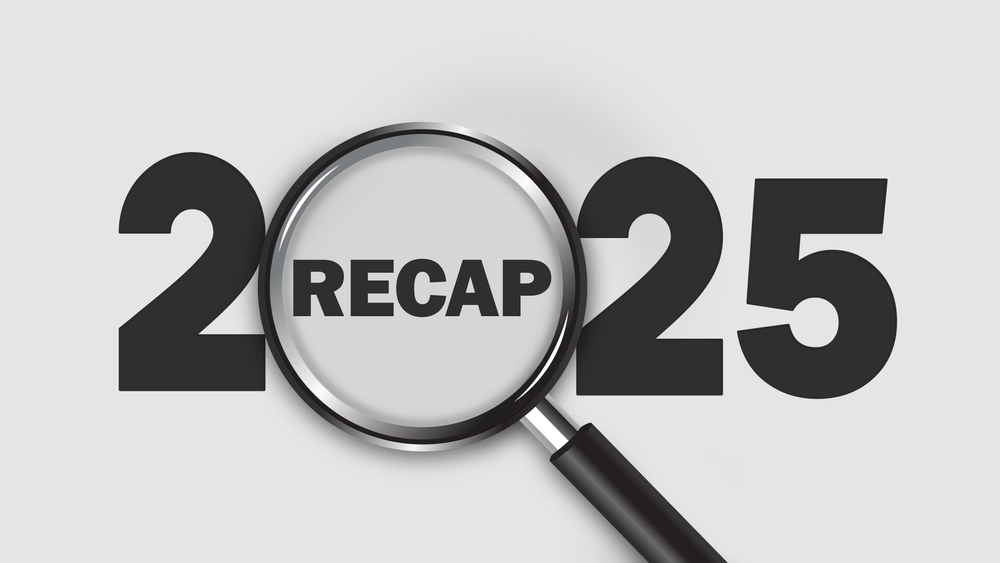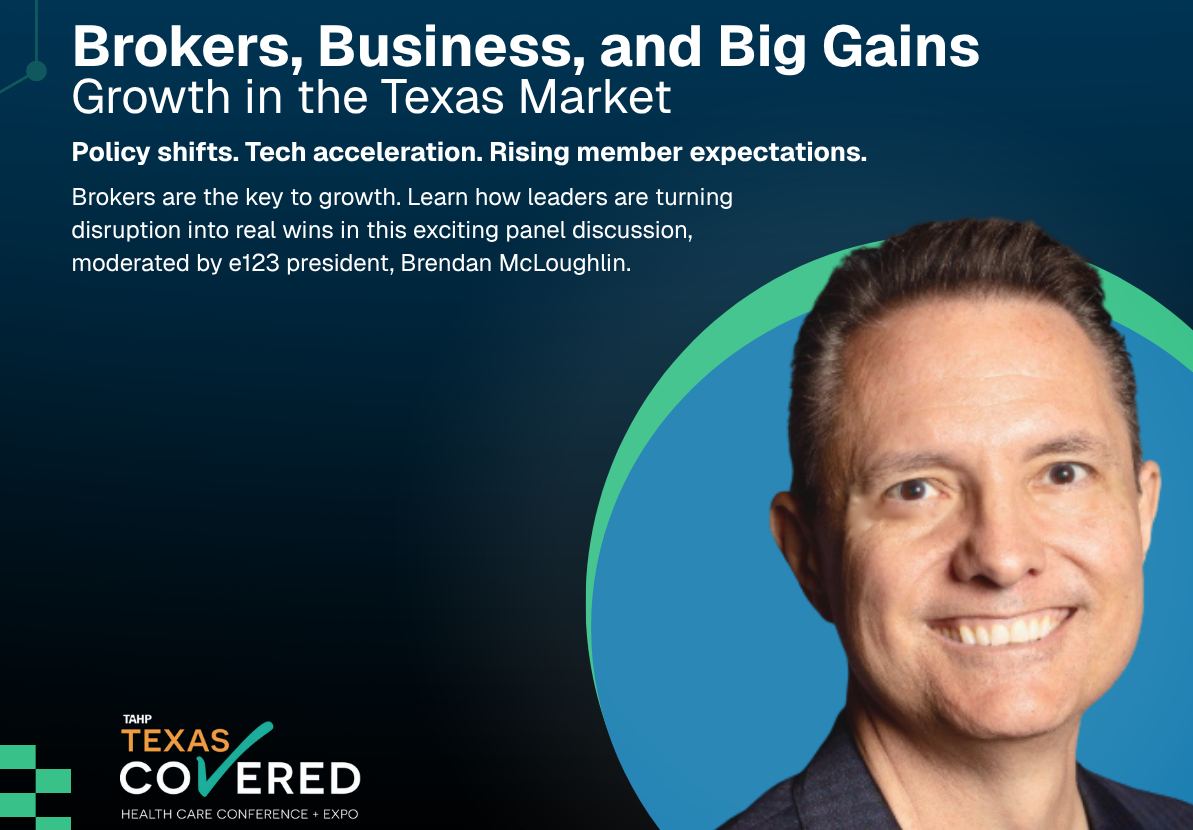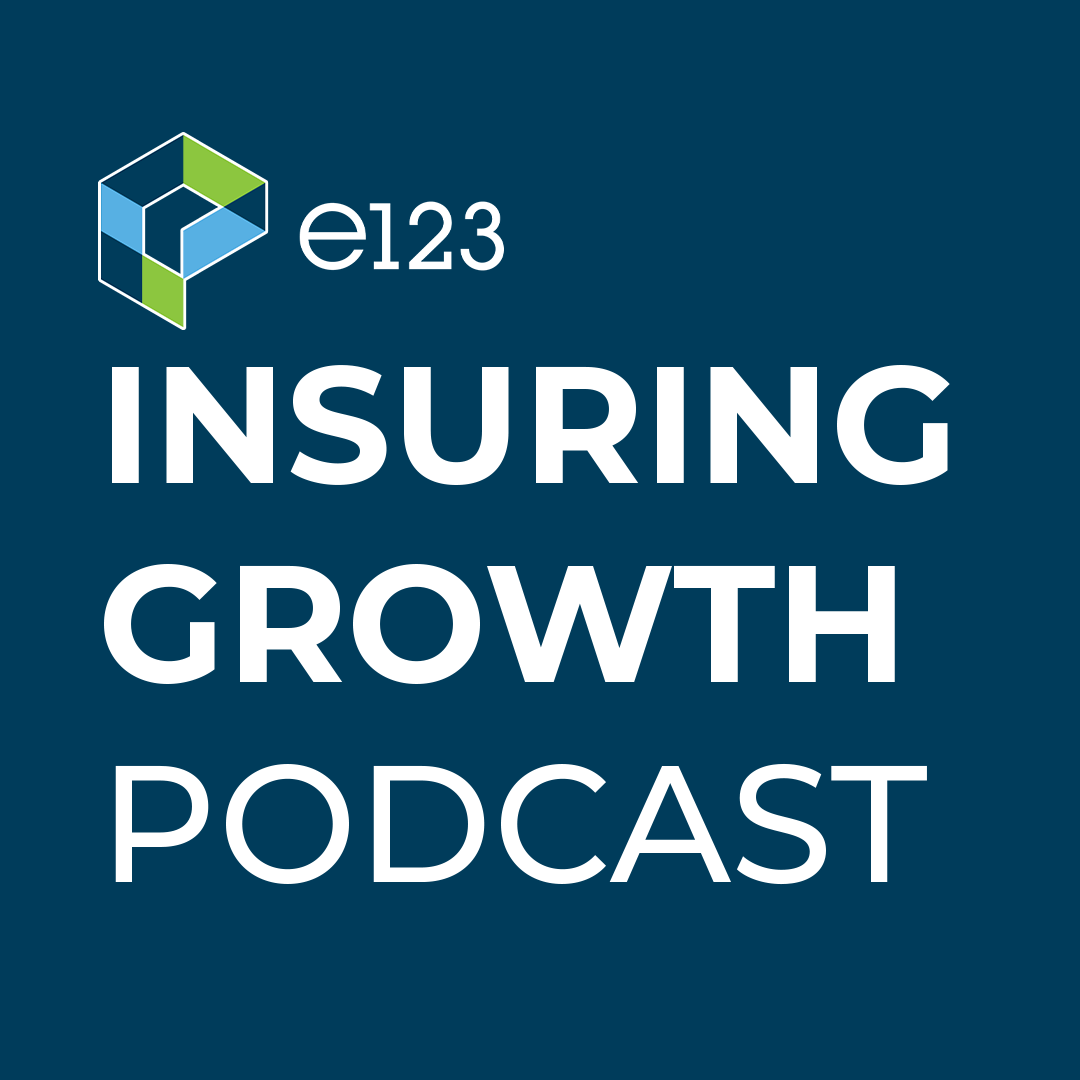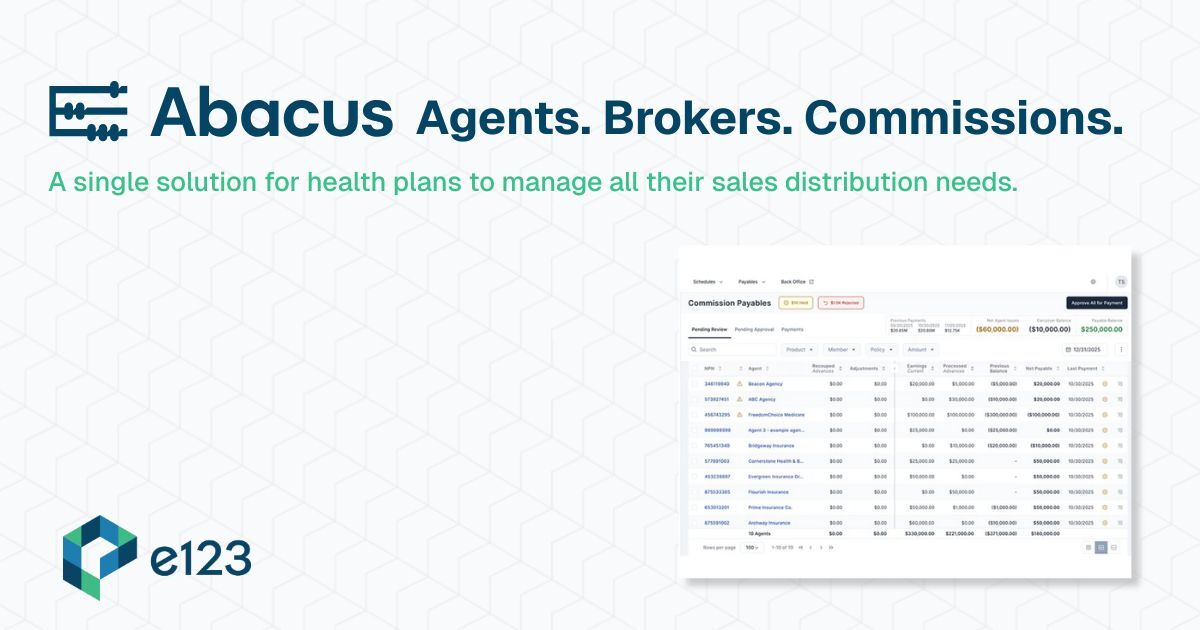Brendan McLoughlin, President of e123, is participating in an executive education course at the Massachusetts Institute of Technology on Artificial Intelligence (AI) and its implications for business strategy. This is the third in a series of blog posts where he shares the insights he is gaining and how they apply to health insurance distribution.

In today’s rapidly evolving business landscape, the integration of Artificial Intelligence (AI) has become increasingly crucial for staying competitive. One area where this is becoming more critical than ever is within Health Insurance Distribution. By embracing AI as a strategic tool, insurance carriers and marketing organizations can drive down acquisition costs, boost revenue growth, and gain a competitive edge in the industry. As we navigate a new era of technological transformation, those who harness the power of AI effectively will shape the landscape of Insurance Distribution for years to come.

Aligning AI with Business Strategy
Successful AI implementations in business begin with a clear alignment with the overarching business strategy. By identifying key processes essential for achieving desired outcomes, organizations can leverage AI to optimize efficiency and productivity. The goal is to allocate tasks based on the strengths of each—letting computers handle data-intensive tasks while empowering humans to focus on interpersonal interactions and strategic decision-making. Cognitive scientists refer to this human-machine interaction as an example of Collective Intelligence. Thought about this way, AI implementations are actually collaborations between people and computers, where the collective intelligence of the system as a whole is greater than the individual intelligence of either the person or the computer.
The Evolution of AI Collaboration
MIT professor Thomas Malone categorizes the evolving relationship between humans and computers into four roles: Tool, Assistant, Peer, and Manager. In the role of a Tool, AI performs tasks under human supervision, exemplified by features like auto-complete in email. As an Assistant, AI takes on partial responsibilities, aiding professionals in tasks such as document generation and compliance monitoring. Moving forward, AI’s increasing sophistication enables it to act as a Peer, autonomously handling routine tasks like simple claims processing. Finally, as a Manager, AI assumes a leadership role, guiding decisions based on data-driven insights.
Applications in Health Insurance Distribution
When used as a Tool, AI does a task that is monitored and controlled by a person. A very common example is the ubiquitous auto-complete we see in email and word processors. The machine completes a narrowly defined task (for example, complete this sentence) and the user accepts or overrides its work. In Insurance Distribution there are numerous ways AI can be used as a tool. Auto suggesting search terms when pulling reports, instantly reconciling data in commission statements, or identifying inconsistencies on applications can all help insurance professionals be more productive.
But as machines get smarter, they can move beyond tools to become a personal Assistant. When used as an Assistant, the computer is actually doing part of the work but still reliant on a person to complete it. AI powered design helps architects and engineers produce plans much faster with fewer errors. The applications for AI assistants in Health Insurance are endless. For example, some carriers are using AI to generate the first draft of onboarding documents and member communications, while others are experimenting with AI to suggest appropriate add-ons or product bundles during the enrollment process. At e123, our latest Digital Commission Management solution can flag concerning agent behavior such as high chargebacks or rapid disenroll rates, identifying potential compliance issues before they become a problem.
As algorithms become more sophisticated and control systems stronger, computers can take on the role of a Peer, where the machine is doing part of the work alongside a person. This role is already being seen in the Insurance industry on the claims side. Some Insurance carriers are using AI to process insurance claims. Those that are within a set of parameters that the system recognizes are automatically paid in seconds. Those that are unusual and do not fit the defined guidelines are forwarded to a human adjuster for processing. It is not difficult to imagine applications for AI peers in Insurance Distribution. Automatically handling simple enrollments and automatically adjusting advancing rates based on performance are just a few ways AI can take workload off of people in the distribution process.
The last, and perhaps most intimidating role that AI can play, is that of a Manager. The idea of letting machines tell us what to do sounds like the stuff of science fiction and is frankly scary. But when a machine is better suited to give direction, we happily allow it to do so. Look no further than the lowly traffic light. For years we have been comfortable with the idea of a machine telling us when to stop and when to go, simply because we are confident that the machine is better at it than any human could ever be. Likewise, the future of Insurance distribution is rife with possibilities for computers taking charge. For example, AI-empowered lead management could direct leads to the agent who is best suited to close the deal. AI-enabled marketing management could direct marketing spend for FMOs and MGAs, telling them where and when to spend marketing dollars and on what products.
Embracing Collaborative AI
The guiding principle when implementing AI is not to replace human involvement but to realize the collective intelligence created when people and machines work together. By leveraging AI to enhance human capabilities and support corporate goals, organizations can unlock new levels of efficiency and competitiveness. As AI continues to evolve, companies that adeptly leverage it will gain a significant strategic advantage over their competition, and this is especially true in the data-intensive world of Insurance Distribution.
Conclusion
In the coming years, Health Insurance Distribution will see more and more examples of AI seamlessly integrated into business processes. Harnessing the power of AI not only streamlines operations but also enhances decision-making, ultimately leading to improved outcomes and sustainable competitive advantage. However, any practical implementation of AI must start with the overall business strategy and answer the question “what role is best played by a computer and what is better left to a person?” As AI continues to take hold in the industry, we will see the real winners are those that recognize that the true potential of AI lies in its ability to complement human capabilities, making both person and machine more effective.
Want to learn more about the future of AI in insurance distribution? Get in touch here. For prior posts in this series, click below:







